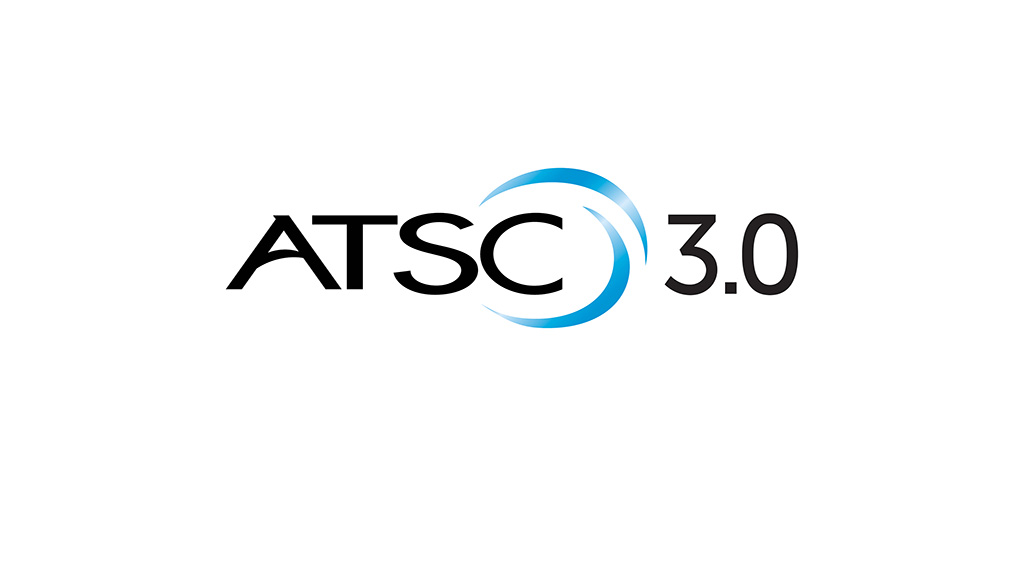The Federal Communications Commission in the United States has endorsed the next-generation ATSC 3.0 television broadcast standard, based on internet protocols, offering compatibility with online services. The FCC will permit broadcasters to adopt the new standard on a voluntary basis.
The standard includes support for ultra-high-definition, mobile viewing, advanced emergency alerts, better accessibility features, localised content and interactive services.
The technology combines the capabilities of over-the-air broadcasting with the broadband viewing and information delivery methods of the internet, using the same 6 MHz channels currently allocated for digital television.
The FCC order requires broadcasters planning to use ATSC 3.0 to partner with another local station in their market to simulcast their programming in the current ATSC 1.0 standard, so that viewers can continue to receive their existing broadcast service without having to purchase new equipment. It also requires broadcasters to provide advance on-air notifications to educate consumers about the next generation services and simulcasting.

“The development of the revolutionary new Next Gen TV platform is more than five years in the making, and the hundreds of individuals and companies working on the ATSC 3.0 standard are gratified that the FCC has approved the standard for deployment,” said ATSC president Mark Richer. “ATSC 3.0 is already being deployed in South Korea, and we anticipate that it will be utilized to help terrestrial broadcasters continue to innovate in the U.S. and around the world.”
“The monumental undertaking to create ATSC 3.0 represents a new approach to standards- setting. In reality, ATSC 3.0 is a suite of 20-plus different standards that are extremely flexible and extensible to keep pace with ever-changing technologies,” he said. “While it would be easy to look at today’s FCC action as the end of the road, the reality is that this is just the beginning. We expect to put the finishing touches on the remaining components of ATSC 3.0 this year, and we look forward to working with the many broadcasters and manufacturers who will work together on the next phase of implementation and deployment.”
